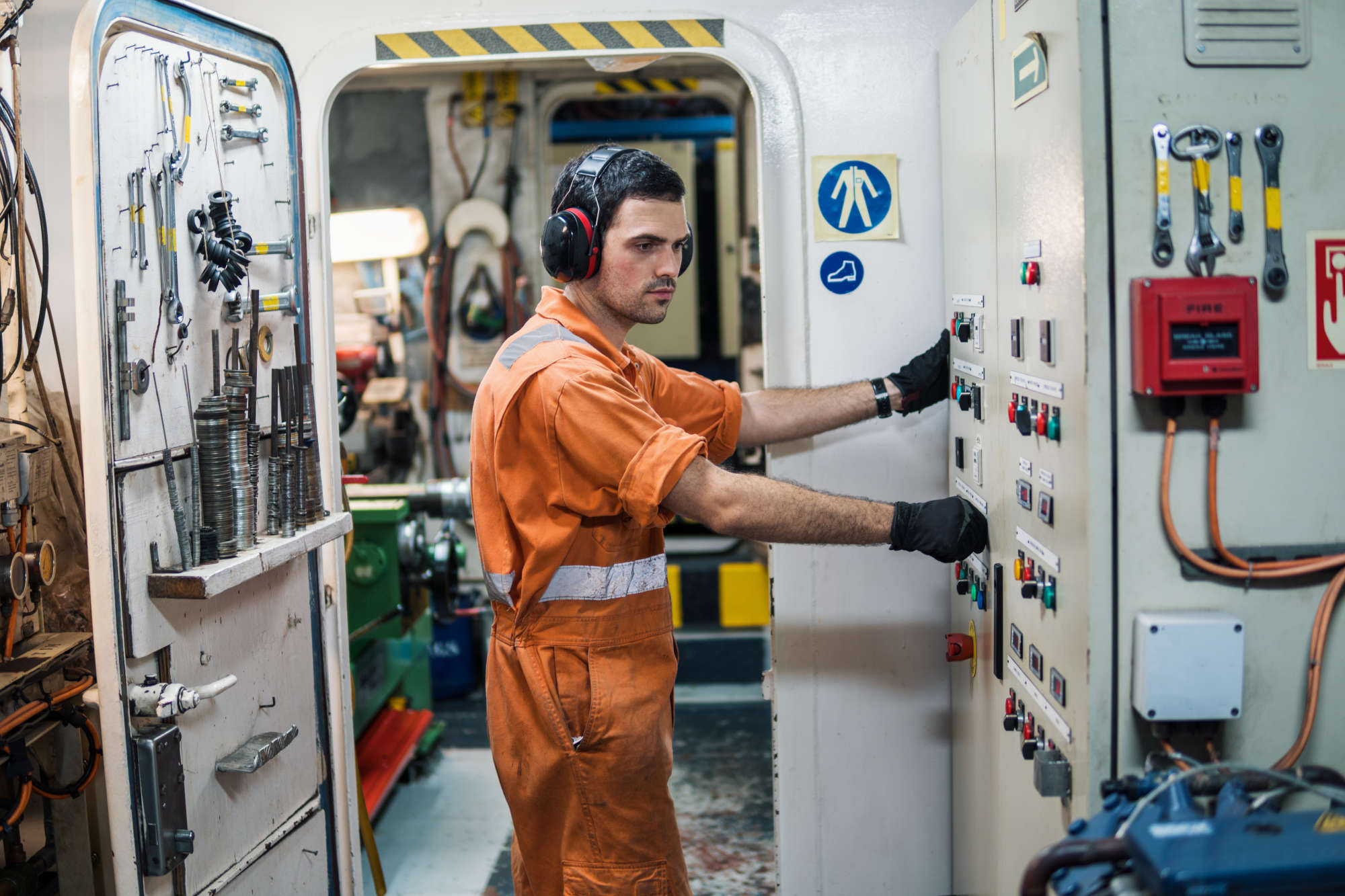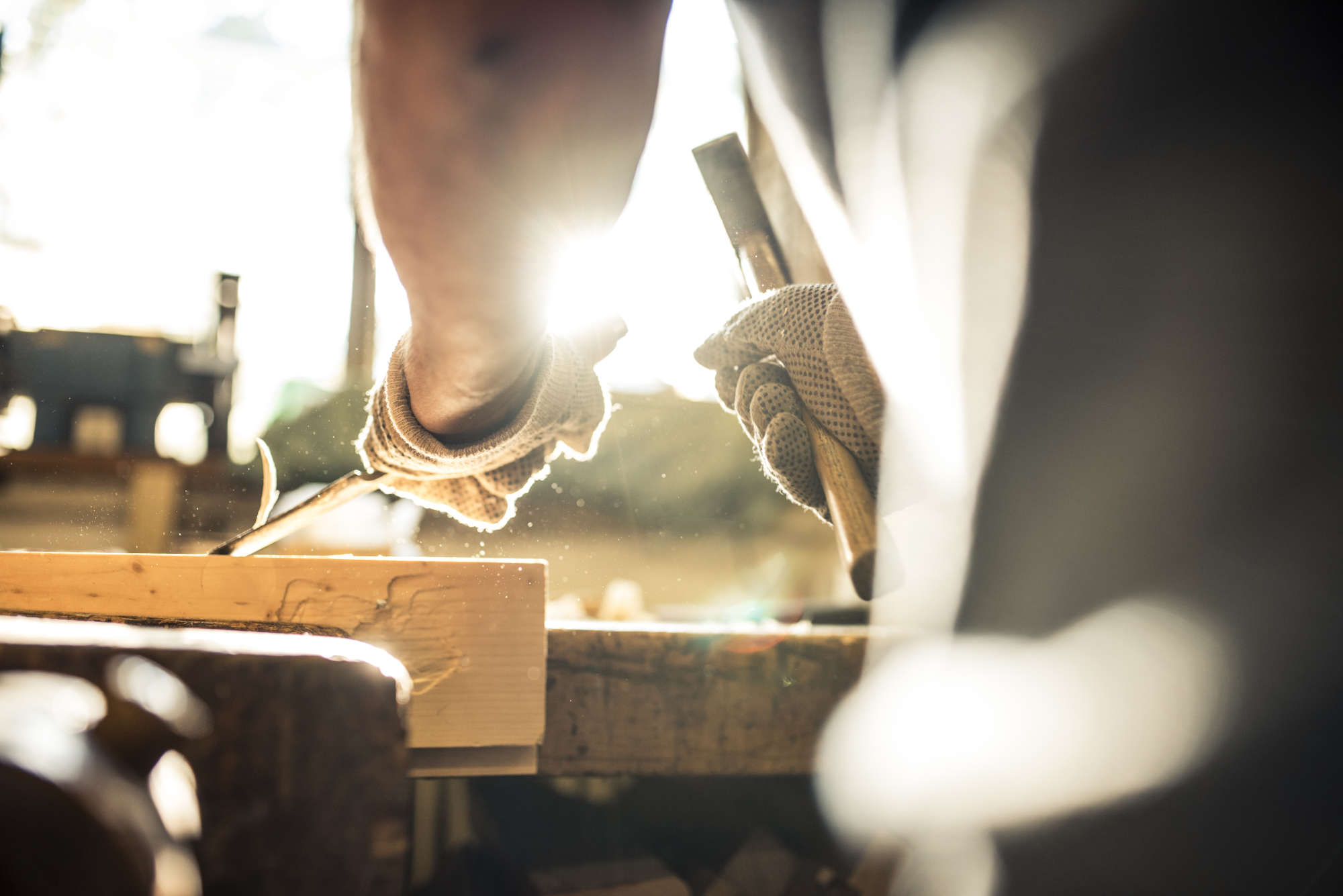What Is The Fourth Industrial Revolution

Automated machinery, sensors, AI, interconnected ecosystems—advancements in digital technology are booming and it’s only a matter of time before they change the face of the skilled trades.
We teased this subject in our last podcast episode, 2021 Skilled Labor Trends, but in this article we’re going to take a deep dive into these technological advancements, how they will cause fundamental changes in the manufacturing industry, and what that means for your organization.
What is an Industrial Revolution?
First, let’s define revolution: “a fundamental change in the way of thinking about or visualizing something; a complete change of paradigm”.
Previous industrial revolutions have shaped history
There have been three industrial revolutions that have shaped modern history. The First Industrial Revolution started in the mid-1700s and introduced the steam engine. This brought powered energy to manufacturing processes and shifted agrarian societies to urban ones.
The Second Industrial Revolution started with the invention of electricity and mass production. Companies were able to produce large engines, motors, and interchangeable parts.
The Third Industrial Revolution was fairly recent with the invention of digital technology, computers, and the Internet. This dramatically disrupted and changed most industries and paved the way for even more advancements in the future.
With each revolution, new skills were required for workers and companies to be successful. For example, someone who built and repaired wagons before the First Industrial Revolution likely had a hard time learning how to build or maintain steam-powered equipment. The same occurs with every significant change in industry—and will again in the near future.
The Fourth Industrial Revolution will bring radical changes
The Fourth Industrial Revolution will build on the advancements of digital technology but elevate them to a whole new level. Machinery will be connected through sensors and cloud technology to make a digital ecosystem that can “learn”. We’re also seeing the growth of the “Internet of Things”, which is a system of interrelated, internet-connected objects that are able to communicate, operate, and function with limited human interaction.
All of this will radically change the manufacturing industry.
How the Fourth Industrial Revolution will affect manufacturing
The main change for manufacturing will come through a fusion of physical and digital manufacturing processes. Read on for an overview of what this may look like.
Predictive vs. reactive technology
Currently, the manufacturing industry runs predominantly on a reactive model: things break, a line goes down, and you halt production and send in technicians to fix the problem. Of course, the goal is always to have a system of routine maintenance in place so these spontaneous breakdowns are less likely, but the reality is that this doesn’t always happen.
The cost of those breakdowns is staggering: 98% of organizations report that a single hour of downtime costs them over $100,000, and it’s safe to assume that’s on the low end for most companies. Imagine how much resource, time, and headache you could save by being able to fix those machines before they break.
Sensors and cloud technology will give manufacturing plants a massive amount of data on their machinery in real time.
This will give you the ability to plan your maintenance schedule more accurately and focus efforts on what actually needs to be addressed, on top of reducing the chaos and cost of those spontaneous breakdowns. It’s projected that these changes will lead to a 10-20% reduction in cost for manufacturing companies.
Changes in staffing will also be necessary
But here’s the key: you have to have the right talent to operate and maintain this new technology. The staff you have today may not be able to install, repair, or troubleshoot the technology of tomorrow. Don’t make the mistake of investing only in the technology itself, or you run the risk of investing in something that you won’t be able to operate or repair.
We’ve seen this play out already with manufacturing companies adapting to the skilled labor shortage over the past decade or so—they weren’t able to find enough front end production workers, so they invested in automation. It seemed like a natural solution, but then many companies realized that they invested millions of dollars in equipment but not in the skilled maintenance teams to work on it.
The good thing is that this is a solvable problem when you make sure to include the development and acquisition of trained skilled tradesmen as a vital part of your strategy going forward. And if you can’t find the skilled workers to maintain your advanced equipment, consider partnering with a staffing agency that can meet that need.
Microsoft’s “Future of Manufacturing” report
Microsoft released their “Future of Manufacturing” report that goes much more in-depth on the predicted shifts through the Fourth Industrial Revolution. If you’re a business leader in the manufacturing space, we highly recommend taking a look (linked report at the bottom of this article). Some of these shifts are already in motion, and others we are expecting to see in the future.
From Reactionary Models to Predictive Models
The vast amount of data collected from equipment will allow you to conduct maintenance that is truly predictive. Currently many organizations have scheduled maintenance in place based on amount of usage or other metrics, but real-time data from machines means that you can address precisely what you need to, when you need to.
This may change your skilled workforce as well, lowering the total number of workers but increasing the skills and expertise that is needed for the ones you do have.
From Information Silos to Information Networks
The increase in data won’t just apply to predictive maintenance, but to information networks as well. Everything will be connected. For example, if you know precisely which lines are working, what you’ll be producing and when, etc., you can make efficient staffing decisions. You can right size your staffing and scheduling, which will save you both time and money.
Not to mention, this will likely also increase your employees’ satisfaction and safety, since being understaffed damages company culture and puts your workers at risk.
From Production Lines to Production Ecosystems
In the future, everything will be interconnected, from your customers all the way through your supply chain. It won’t be a linear production line, but rather a production ecosystem that is highly flexible, interoperable, and interconnected.
This sort of system may have prevented some of the supply problems we saw at the beginning of the pandemic in 2020, or at least softened the blow. But because most production is still linear, manufacturing companies weren’t able to adjust on short notice.
From Linear Supply Chains to Circular Supply Chains
Advanced technology in the near future will allow the supply chain to be connected all the way from raw materials to the consumers. This will have a huge impact on how companies plan for inventory and production, since there will be real-time data on demand that translates directly to manufacturing objectives.
From Manufacturing Products to Manufacturing Services
The shift from physical purchases and storefronts to online shopping will provide more data on-demand than ever before, which will in turn shift production. Instead of producing goods when a customer orders, companies will be able to see when customers are looking at things online (increasing demand) and begin production ahead of time.
Summary
The Fourth Industrial Revolution has already started—and with every revolution comes the need for different skills. We are looking at huge technology changes and advancements that will revolutionize the manufacturing industry, but if you don’t have the people you need to operate, troubleshoot, and repair those advanced systems, they won’t help your business be more efficient.
You have to have a plan to have the talent to make it all happen.
And while we won’t pretend to be experts on things like AI and cloud technology, we are experts in finding skilled laborers and can get you the talent you need to excel in this new era. Reach out to us on our website, www.skillwork.com/contact-us.
—
Microsoft’s eBook: “The Future of Manufacturing: Blueprints for a Connected Supply Chain”

